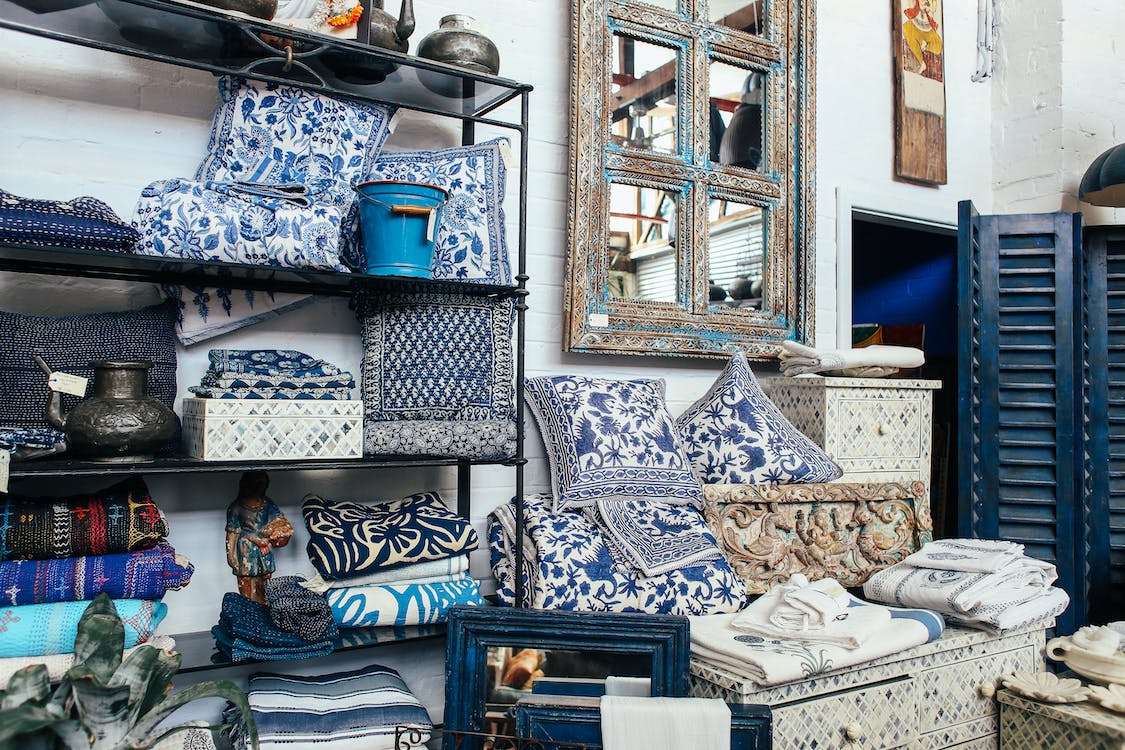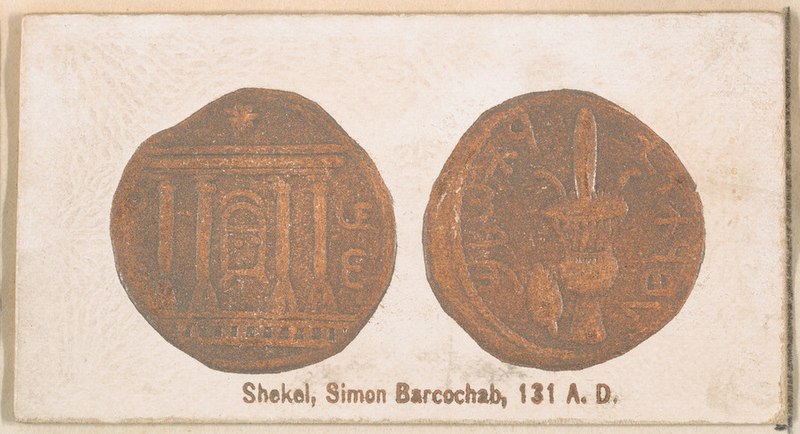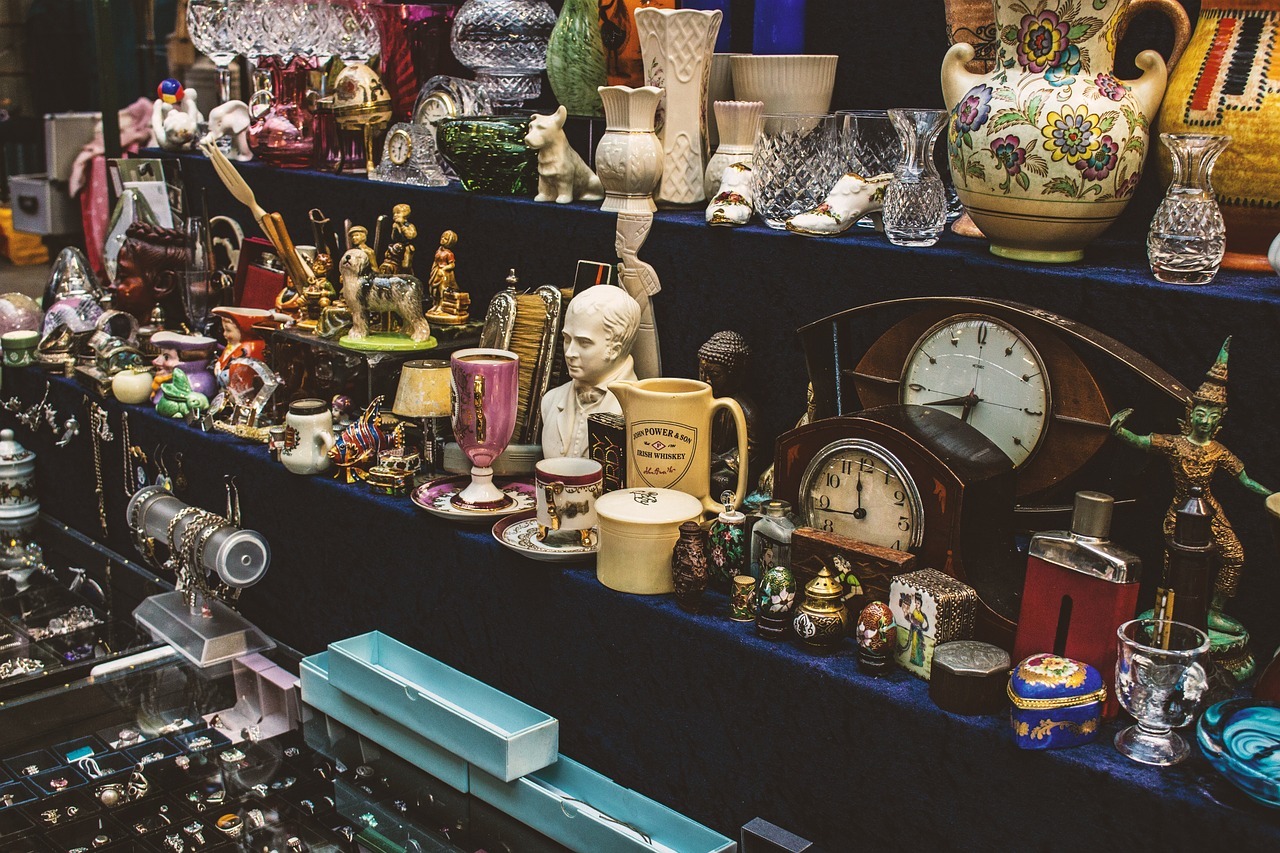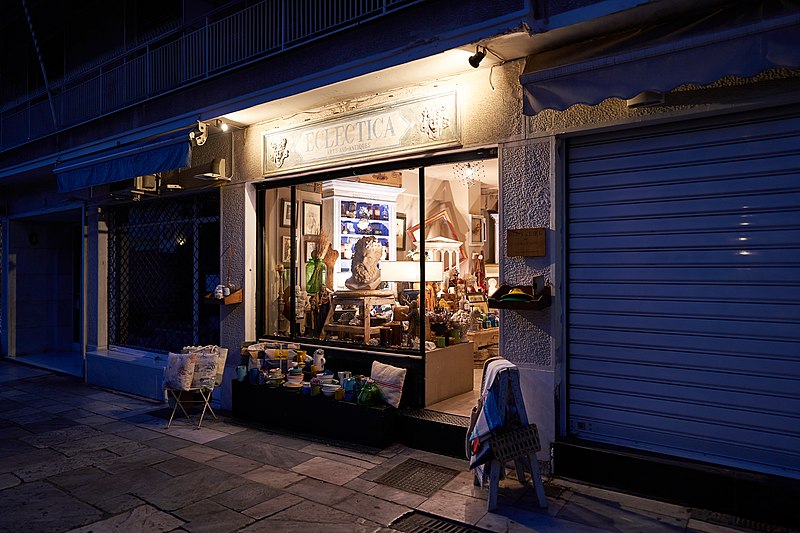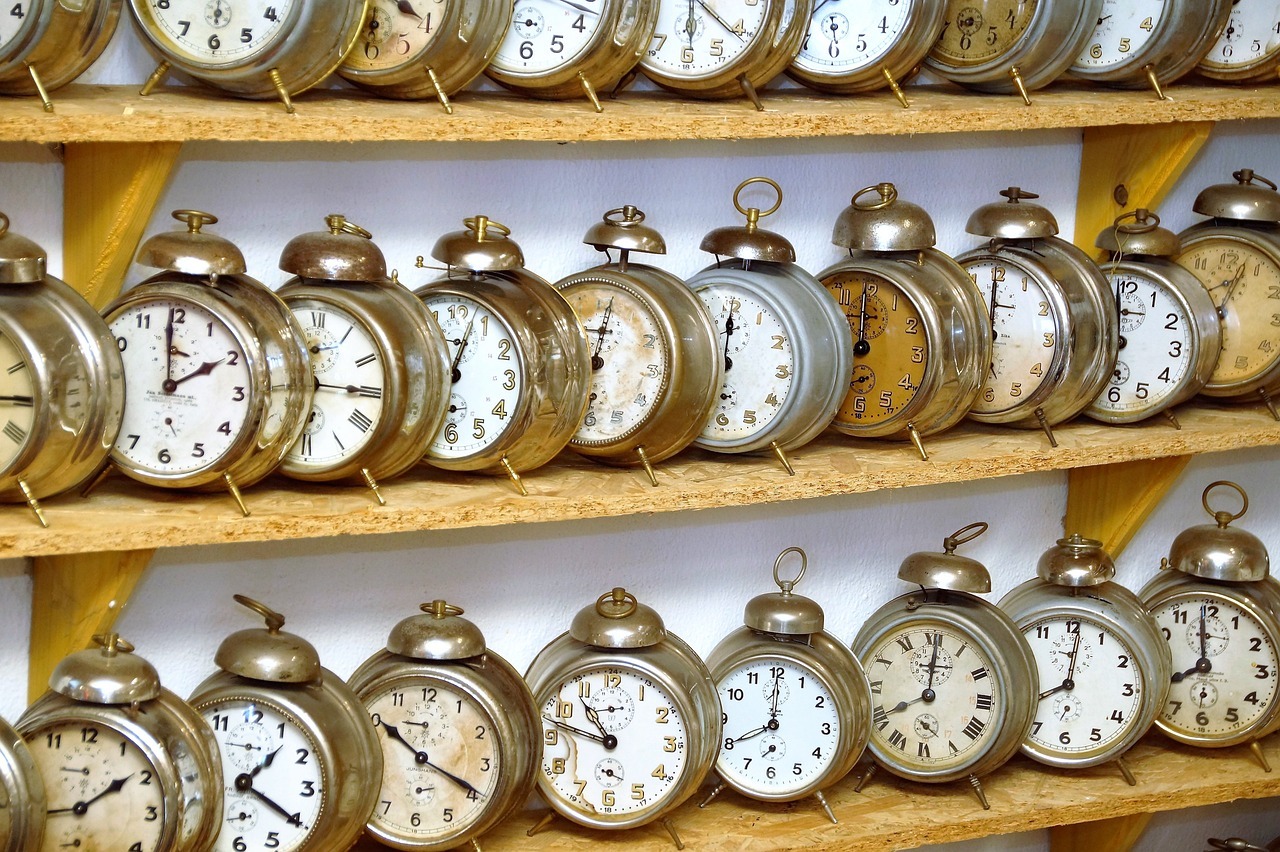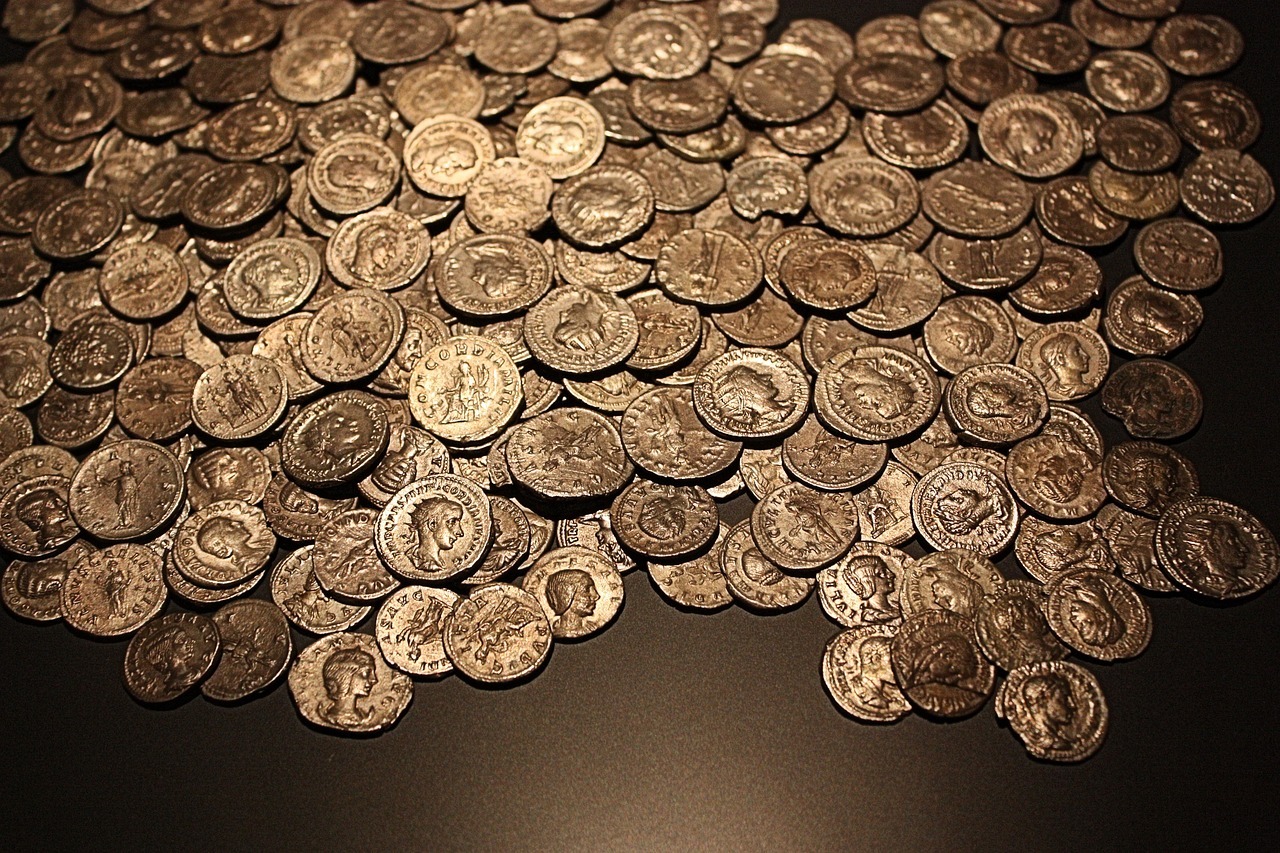Antique collecting is a hobby that offers a portal to the past, allowing enthusiasts to touch pieces of history. For beginners, the journey into the world of antiques should start with a solid understanding of what constitutes an antique. Typically, an item is considered an antique if it is at least 100 years old. This contrasts with ‘vintage’ items, which are generally younger but still carry historical value. Knowing this distinction is crucial for anyone looking to engage in buying or selling antiques, as the age of an item greatly influences its value.
As newcomers embark on this captivating hobby, it’s essential to approach collecting with a practical mindset. Initially, identifying anchor pieces—key items that resonate personally—can create a thematic backbone for the collection. This could be anything from an exquisite piece of furniture to a set of ornate porcelain teacups. These pieces serve as a foundation, guiding subsequent acquisitions and ensuring that the collection holds both personal meaning and aesthetic coherence.
Equally important is setting a sensible budget to prevent overspending and to keep the collecting experience enjoyable. Additionally, gaining knowledge on how antiques are valued, including their condition, rarity, and provenance, empowers collectors to make informed decisions. Learning continuously about various categories, whether furniture, glassware, or textiles, enhances a collector’s ability to identify valuable pieces and avoid common pitfalls. With a systematic approach and a thirst for knowledge, beginners can confidently navigate the intricate landscape of antique collecting.
The History of Antiquing
Collecting antiques is a pursuit steeped in history, dating back centuries, with the evolution of the practice reflecting the changing tastes, economies, and historical periods.
Evolution of Antique Collection
Antique collection has its origins in the curiosity cabinets of the Renaissance period, where affluent individuals showcased rare and unusual objects. Through the 17th and 18th centuries, there was a growing interest in acquiring and preserving items of historical importance, with collectors often focusing on fine art, furniture, and decorative arts that reflected their wealth and status.
In the 1800s, antiques began to be recognized for their aesthetic and historic value beyond mere curiosity. It was not uncommon for collectors to seek out pieces of antique furniture, artworks, and artifacts that held a connection to significant events in history or belonged to prominent figures.
At the turn of the 20th century, there was a resurgence of interest in pre-industrial craftsmanship and a romanticization of the past that led to greater appreciation for antiques. The market expanded considerably as middle-class consumers sought to furnish their homes with pieces that had a sense of tradition and permanence.
Notable Antique Movements
- The Arts and Crafts Movement in the late 19th and early 20th centuries heralded a return to handmade craftsmanship, which counteracted the mass-produced goods of the Industrial Revolution. This sparked an interest in older, handcrafted items that were seen as more authentic and artful.
- Art Nouveau and Art Deco were significant for antiques because pieces from these periods fused function and form in innovative ways, often incorporating exotic materials and techniques that later generations sought to collect.
- Post-World War II, there was a wave of nostalgia that gripped collectors, with a renewed interest in items from the Victorian era and earlier periods, as they symbolized a connection to a bygone era and provided contrast to contemporary society.
Through these movements and over the course of history, the pursuit of antiques has evolved from simple curiosity to a sophisticated hobby or profession that engages individuals in the preservation of the past. Collecting antiques is not just about owning a piece of history, but also understanding and appreciating the craft and context from which it came.
Identifying Genuine Antiques
In the complex world of antique collecting, accurately identifying genuine items is of paramount importance. Mastery over age verification techniques, the interpretation of marks and signatures, and the recognition of authentic wear and patina is essential for any collector.
Age Verification
One can determine the age of an antique by examining its construction and materials. Joinery techniques, such as dovetail joints, can provide clues about the period an item was made. Dovetails that are irregular and seemingly hand-cut suggest an earlier creation date pre-dating the 19th century, when machinery became common. Additionally, the wood’s aging should exhibit a natural darkening and consistent wear indicative of prolonged use.
Understanding Marks and Signatures
Antiques often carry marks or signatures that serve as fingerprints of their origin, acting as valuable tools for identification. These may include manufacturer’s stamps, maker’s marks, hallmarks, or signatures. One may find these on the underside or back of a piece, depending on its nature.
- Porcelain and Pottery: Look for the maker’s mark on the bottom.
- Silver and Furniture: Search for hallmarks or stamped marks.
These marks not only confirm authenticity but can also help date the piece more accurately.
Wear and Patina Indicators
Genuine antiques show telltale signs of wear and a natural patina developed over years of handling and exposure. For example:
- Furniture: One should expect to see wear on areas of frequent contact such as armrests and seats.
- Metal Items: A soft, warm glow is typically found on well-aged metals rather than a shiny, abrasive polish.
One must approach patina and wear with a critical eye; evenly distributed wear across an item may indicate artificial distressing meant to mimic age.
Assessing Value and Rarity
Antique collecting requires expertise in evaluating items’ worth, which hinges on factors such as historical significance, rarity, and condition. Collectors are encouraged to approach valuation systematically, balancing scholarly research with market trends.
Determining Antique Value
The value of antiques is influenced by multiple criteria, including provenance, historical importance, and market demand. One can determine an item’s monetary worth by:
- Researching through price guides and auction records.
- Consulting with experts for focused appraisals.
- Examining sales of similar items for a baseline comparison.
Provenance, for instance, greatly affects value, as a documented history can affirm authenticity and increase an item’s worth.
The Role of Rarity
Rarity enhances an antique’s appeal, often driving up its value. An item’s rarity can be attributed to several factors:
- Limited production quantities.
- Survival rate over time.
- Being part of a specific historical context.
The more scarce an item is, the more likely it is to be expensive should demand also be high.
Condition and Quality Factors
Condition and quality significantly dictate an antique’s desirability and price. Collectors must assess:
- Wear and tear: Signs of aging can add character or reduce an item’s value.
- Restoration quality: Professional restorations can preserve value, while poor work may diminish it.
- Craftsmanship: High-quality materials and workmanship are empirical indicators of an item’s standing.
Keeping these elements in check ensures a prudent investment in antiques that stand the test of time.
Caring for Your Antiques
Antiques are treasures of the past, and their longevity greatly depends on effective care and preservation. Implementing proper maintenance and understanding the nuances of restoration are crucial in safeguarding the value and condition of an antique collection.
Maintenance and Preservation
Routine Cleaning: The upkeep of antiques is paramount. Owners should regularly dust collectibles using a soft, lint-free cloth to keep them in pristine condition. For more intricate items, a soft-bristled brush can dislodge dust from nooks and crannies.
Environmental Factors: Antiques should be protected from direct sunlight, excessive humidity, and extreme temperatures. It’s recommended to use dehumidifiers or climate control systems where necessary.
Handling: When moving antiques, it’s essential to handle them with clean hands or cotton gloves to avoid transferring oils and dirt that can degrade materials over time.
Display and Storage: Storage in cushioned boxes or display cases can prevent physical damage. Silica gel packets can be used within display cases to manage humidity levels.
Restoration: Do’s and Don’ts
Do: Consult Professionals
Before undertaking any restoration work, seek advice from a professional restorer. They can assess the condition and advise on the appropriate measures needed.
Don’t: Over-Restore
Over-restoration can significantly diminish an item’s value. Always aim to preserve the original finish and structure of the piece whenever possible.
Do: Use Suitable Materials
Use restoration materials that are compatible with the antique’s era and make. Inappropriate materials can cause further damage.
Don’t: Make Irreversible Changes
Avoid making changes that cannot be undone. Use reversible adhesives or materials in restoration to maintain the antique’s integrity.
Starting Your Antique Collection
Initiating an antique collection can be an enriching hobby. One’s passion often guides the selection of items, while strategic acquisition and sensible budgeting are crucial for a sustainable approach.
Choosing a Focus for Your Collection
Antique collectors should start by identifying their interests. Whether one gravitates towards vintage furniture, classic jewelry, pottery, or another category, this focus will guide their collecting journey. Collectors often opt for items that hold personal significance or aesthetic appeal, making the process more enjoyable.
- Personal Interest: Select items that resonate with your taste.
- Historical Importance: Seek pieces with a storied past.
- Market Value: Consider popular categories that may appreciate over time.
Acquisition Strategies
Finding the right antiques requires a well-thought-out strategy. Novice collectors might explore various venues such as thrift stores, antique malls, and field shows. Social media and online marketplaces also offer access to a global selection of antiques.
- Local Shops: Scout in-person to inspect items closely.
- Online Platforms: Leverage sites like eBay for a wider variety.
- Networking: Join communities and forums to learn about potential deals.
Budgeting for Beginners
Novice collectors must set a budget to guide their acquisitions. Starting small and investing more only after gaining experience helps avoid financial strain and ensure the hobby remains enjoyable.
- Set Limits: Decide on a maximum spend for initial pieces.
- Track Spending: Document purchases to monitor overall investment.
- Learn Valuation: Understand the worth of items to make informed buys.
The Art of Buying and Selling
Buying and selling antiques is a nuanced process that involves understanding market value, mastering negotiation skills, and knowing where to source and sell various items like coins, clocks, furniture, pottery, and decorative objects.
Where to Buy Antiques
Antique enthusiasts can source treasures from a variety of venues:
- Auctions: Ideal for finding unique items and can offer a diverse assortment of antiques, including rare coins and clocks.
- Antique Shops: Usually offer a curated selection of furniture, pottery, and other collectibles.
- Estate Sales: These can be a goldmine for high-quality antiques as they often include well-cared-for household items.
- Online Marketplaces: Provide a platform to purchase a broad range of objects, from furniture to smaller accessories, often with detailed descriptions and photos.
Negotiating Deals
When negotiating the purchase of an antique:
- Research: One should know the item’s market value, which helps in making an informed offer.
- Condition: Closely examine the antique, as the state it’s in significantly affects its value.
- Provenance: For higher-priced items like antique coins or clocks, provenance can add to the value; if this information is available, use it during negotiation.
Understanding the Resale Market
Reselling antiques involves:
- Pricing: Antiques should be priced based on their condition, rarity, and demand in the market.
- Venue: Select the right platform to sell, such as specialty antique shops for furniture or auctions for rare clocks and coins.
- Presentation: A well-presented piece, with a clean appearance and detailed information, will attract more potential buyers.
By adhering to these specific strategies in buying and selling antiques, one can navigate the market with confidence.
Diversifying Your Collection
To enrich the value and aesthetic appeal of their assemblage, collectors should consider integrating a variety of periods and styles, as well as exploring new categories of antiques that may include coins, clocks, furniture, pottery, and vintage items.
Mixing Periods and Styles
When a collector mixes different periods and styles, they achieve a dynamic and visually interesting collection. For example, placing a sleek Art Deco clock amidst rustic Victorian furniture can create a striking contrast that highlights the beauty of each piece. Similarly, incorporating vintage pottery with modernist furniture can provide a unique juxtaposition that is both eye-catching and personal.
- Contrast: Pairing ornate, Baroque pieces with minimalist, mid-century items.
- Harmony: Combining similar materials, like wood or metal, across different eras.
Venturing into Unfamiliar Categories
Exploring unfamiliar categories can lead to a well-rounded collection. A collector predominantly focused on furniture might delve into the world of coins, discovering a rich history of craftsmanship and design that spans centuries. One could also explore the intricate mechanics and artistry of clocks or the diverse styles of pottery that encapsulate various cultures and time periods. Embracing these new categories often requires research but adds depth to a collection.
- Coins: They should look for historical significance, rarity, and condition.
- Clocks: They should assess the maker, the mechanism’s complexity, and the craftsmanship.
By incorporating various periods, styles, and categories, collectors create a robust and immersive collection. It’s this strategic diversity that enables their collection to stand apart, allowing each piece to tell a part of a grander story.
Displaying Your Antique Collection
When curating an antique collection, the display is as critical as the objects themselves. It’s about showcasing the items’ historical significance and aesthetic beauty, optimizing visibility while preserving their condition.
Exhibition Techniques
Displaying antiques correctly involves careful consideration of the environment and presentation methods. For delicate or small objects, a glass-front cabinet not only protects the items from dust and handling but also offers viewers a clear sightline. In contrast, larger pieces like furniture may stand freely in a room where they can be appreciated from various angles.
Wall Displays:
- Picture Rails: Ideal for hanging tapestries or framed artwork.
- Vintage Hooks: A row of evenly spaced, sturdy hooks can turn a collection of antique hats, coats, or keys into wall art.
Shelving:
- Open Shelving: Objects like vintage books or pottery should be spaced to avoid a cluttered look.
Creating Engaging Arrangements
The arrangement of antiques can tell a story or evoke a particular era.
Grouping:
- Odd Numbers: Items often look best when grouped in odd numbers, such as three or five.
- Themes: Group by theme, such as items from the same period, to highlight historical context.
Juxtaposition:
- Contrast: Pairing items with contrasting colors or textures can draw the eye and create dynamic displays.
- Spacing: Ensure each item has sufficient space to stand out, allowing individual pieces to be admired without overwhelming the viewer.
Utilizing these techniques, collectors can create displays that not only preserve their antique collections but also enhance the viewing experience.
The Ethics of Antique Collecting
Antique collecting is an intricate hobby that intertwines with history and culture. Collectors must navigate ethical considerations, ensuring that their passion for history and collectibles respects the origins and laws associated with these treasured items.
Cultural Sensitivity
When examining the cultural implications of collecting antiques, one must consider the provenance and significance of each piece. Collectors should:
- Verify historical context to honor the artifact’s cultural heritage.
- Avoid acquiring items that may have been taken from their country of origin under ethically dubious circumstances.
These steps help ensure that antiques are celebrated without contributing to the erosion of cultural histories.
Legal Considerations
Legal aspects of antique collecting encompass:
- Compliance with local and international laws: Antiques must be acquired through legal means, respecting the statutes of the country of origin, transit, and destination.
- Due diligence: Collectors are responsible for researching an item’s legal status, including potential repatriation claims or export bans.
Adhering to legal frameworks protects the collector and respects international efforts to preserve history responsibly.
Frequently Asked Questions
This section addresses common inquiries beginners may have when venturing into the world of antique collecting, providing practical and informed answers to get them started and knowledgeable along their journey.
What are the initial steps for a beginner in antique collecting?
A beginner should first identify what attracts them to antiques, whether it’s a specific era, a type of item, or a historical significance. They should also decide on the purpose of their collection—whether for personal enjoyment, decoration, or investment.
What resources are available to educate oneself about antiques and collectibles?
There is a vast array of resources available for education on antiques, including books, online forums, antique shows, auctions, and museum exhibits. Joining collector groups and following reputable antique dealers and historians can also provide valuable learning opportunities.
Can antique collecting be considered a serious leisure activity?
Yes, antique collecting can certainly be a serious leisure activity. It involves significant study, learning of historical contexts, and the patience to find and preserve unique items. For many, it is as fulfilling as it is time-consuming, reflecting a dedication similar to any passionate pursuit.
What advantages does one gain from accumulating antique items?
Collecting antiques can serve as an investment, a means to preserve history, and a way to decorate living spaces with unique and sometimes rare items. It also has educational benefits, as collectors often learn about the periods and contexts in which their items were made.
How can I authenticate an antique item before adding it to my collection?
Authentication can involve research, use of provenance, consulting with experts, and using available technological methods like dating techniques. Understanding markings, craftsmanship, and historical specifics of an era can also aid in authentication.
What are the strategies for identifying undervalued antiques on the market?
Identifying undervalued antiques involves researching market trends, understanding the historical value of items, and developing an eye for spotting discrepancies in pricing. Networking with other collectors and learning from experts can also reveal opportunities for valuable acquisitions.

